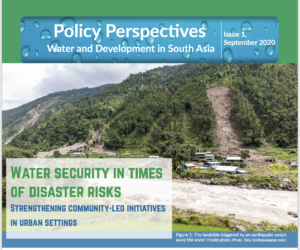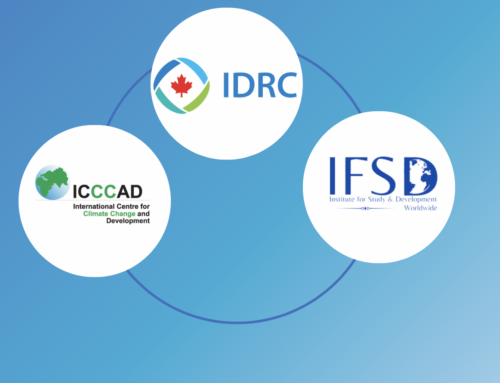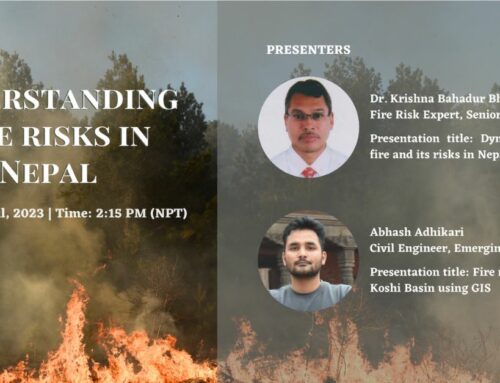 IFSD has recently published a paper on urban water security in South Asia in collaboration with Southasia Institute for Advanced Studies (SIAS). This paper symbolises a new approach that IFSD is taking to undertake policy-engaged research in developing countries. By doing this, IFSD hopes to build the capacity of local institutions in using knowledge for policy change. This paper emerged through 6 years of field research as well as discussions with community members, municipal leaders and government officials. The paper was published in two forms – one as a policy report (accessible to policy makers and community leaders) and the other as an academic report published by the World Water Policy Journal.
IFSD has recently published a paper on urban water security in South Asia in collaboration with Southasia Institute for Advanced Studies (SIAS). This paper symbolises a new approach that IFSD is taking to undertake policy-engaged research in developing countries. By doing this, IFSD hopes to build the capacity of local institutions in using knowledge for policy change. This paper emerged through 6 years of field research as well as discussions with community members, municipal leaders and government officials. The paper was published in two forms – one as a policy report (accessible to policy makers and community leaders) and the other as an academic report published by the World Water Policy Journal.
The paper delves deep into figuring out how water security can be improved in South Asian towns. The current water situation in the Himalayan area is dire and in urgent need for change – large, centralised water systems are the norm, yet these are particularly vulnerable to natural disasters and external shocks. When disaster strikes and damages a water supply system, many towns that rely on a single supply system are cut off from water access and forced to find alternatives.
The paper points out that managing water supply systems is especially crucial now, with the rapid rise of urbanisation. During the 2015 Nepal earthquake, a landslide swept away the only water supply infrastructure in an area, forcing residents to rely on smaller, less-developed water systems. This highlights how vulnerable towns become when they rely on a sole system to provide them with water, especially in the disaster-prone Himalayan region. Unfortunately, as the large water systems are already well-established, it is difficult to push for a system-wide change.
This research paper stresses the importance of urban planning in tackling water crises. An informative and eye-opening read, it illustrates the consequences of having weak water planning strategies in preparation for future disasters. The paper also outlines the need for a mix of large and small water supply systems for a more robust and strong water system that can continue to provide towns with water even during disastrous events.



